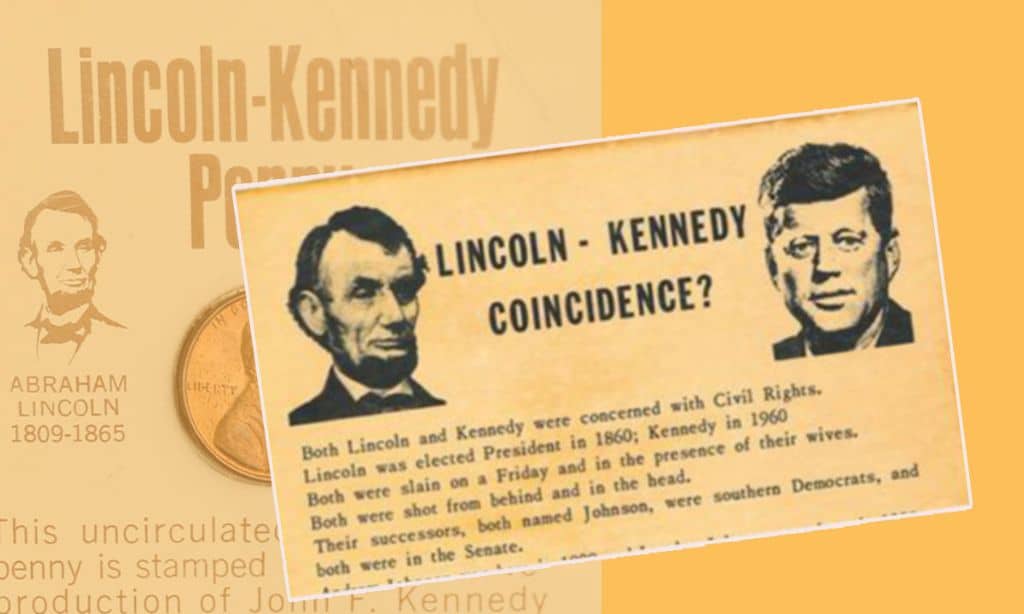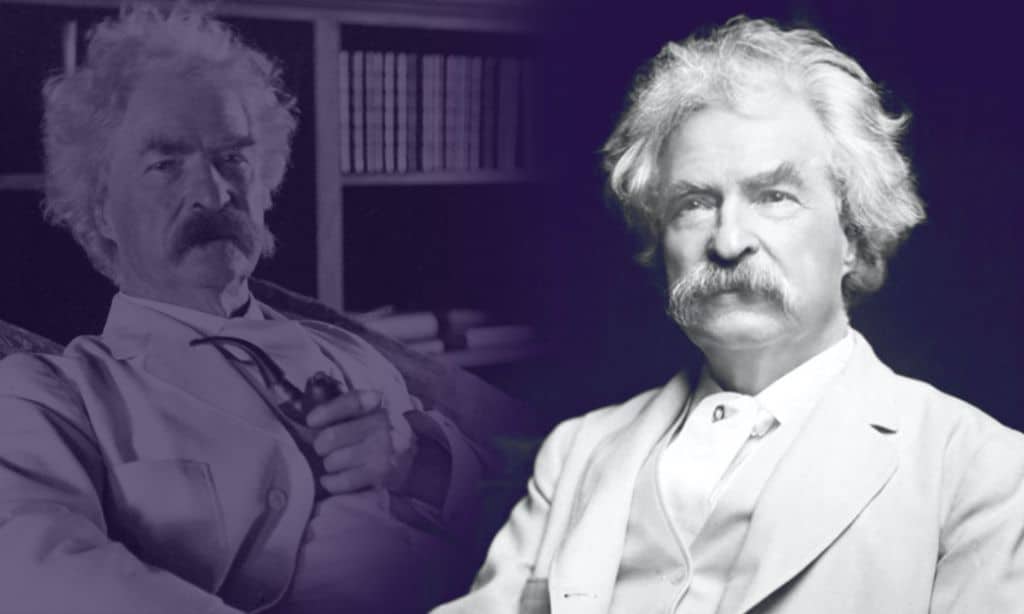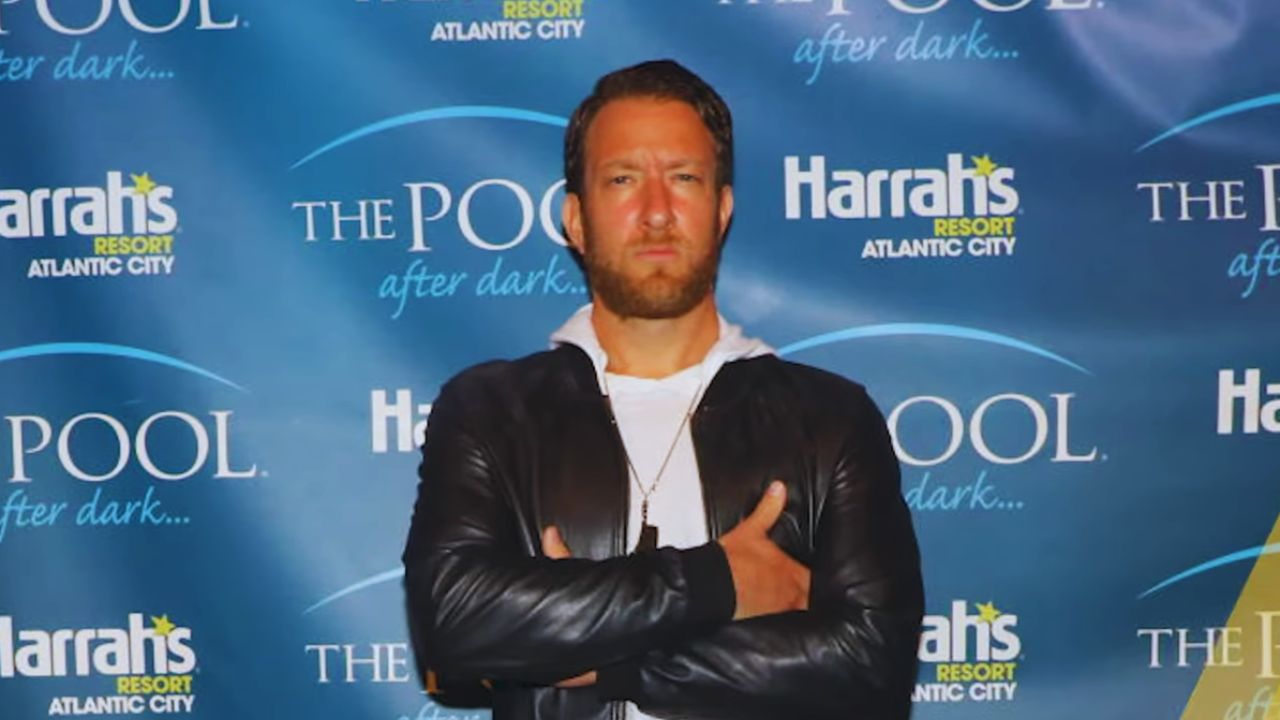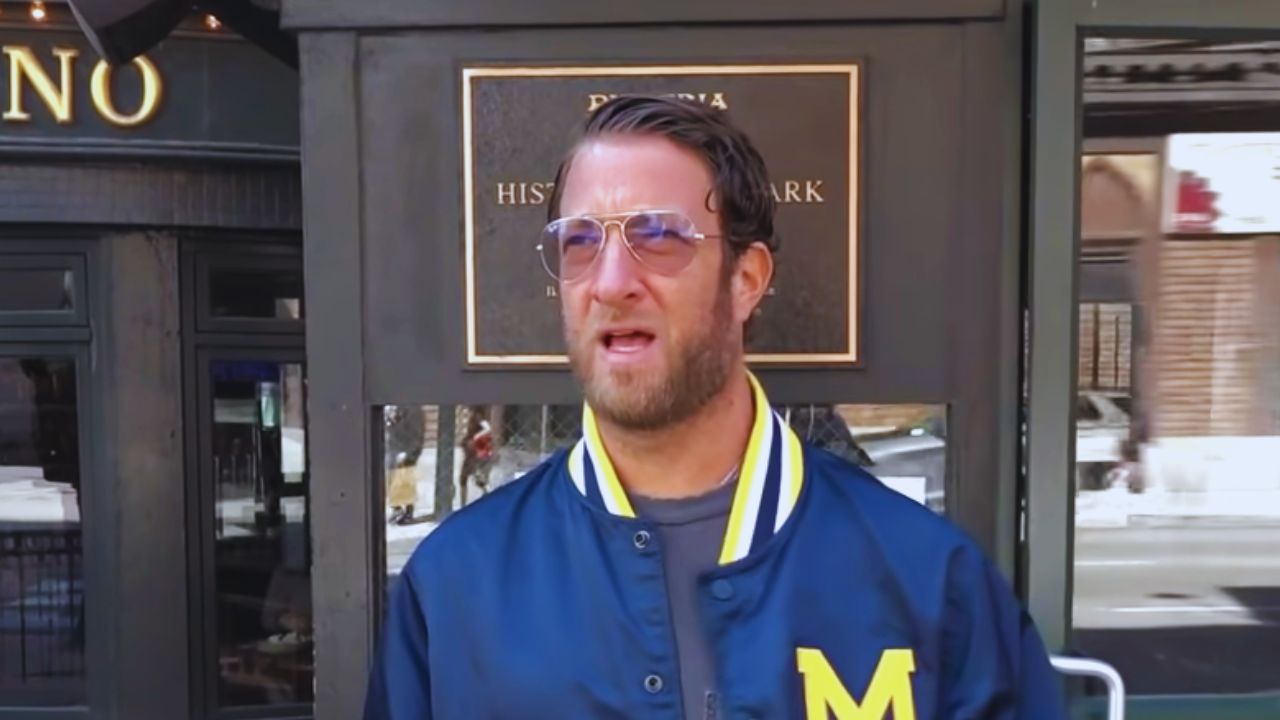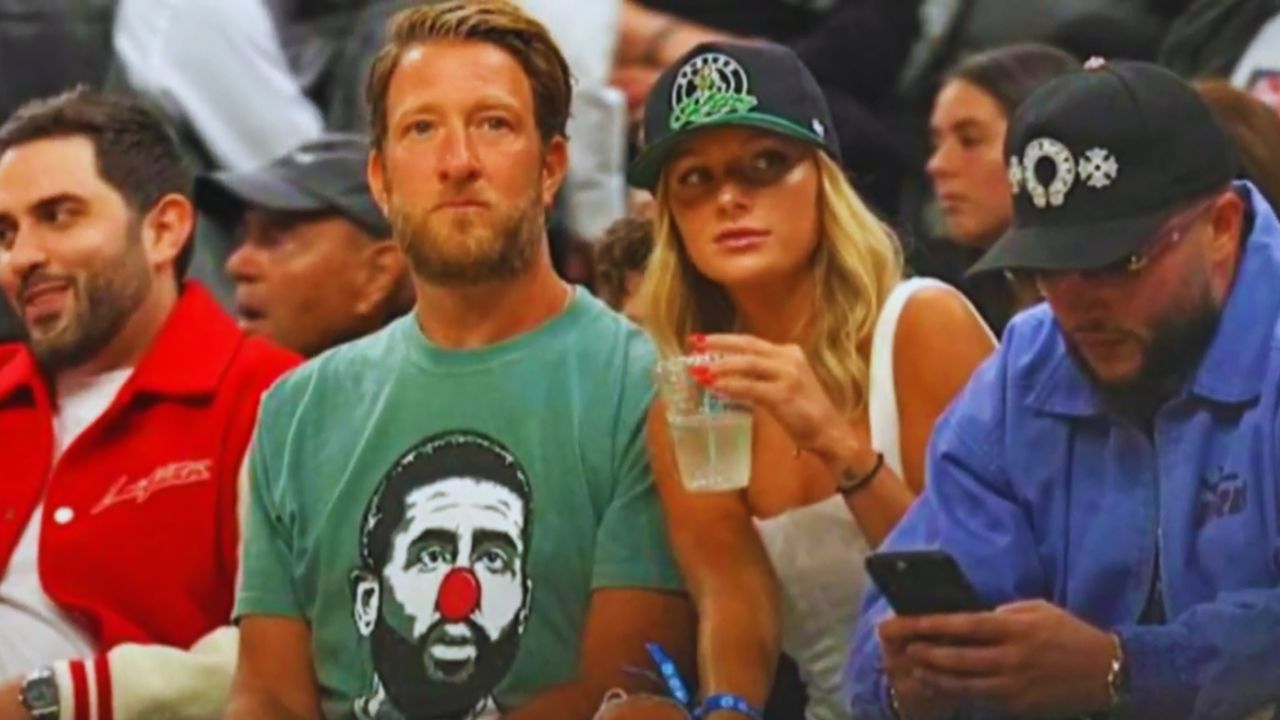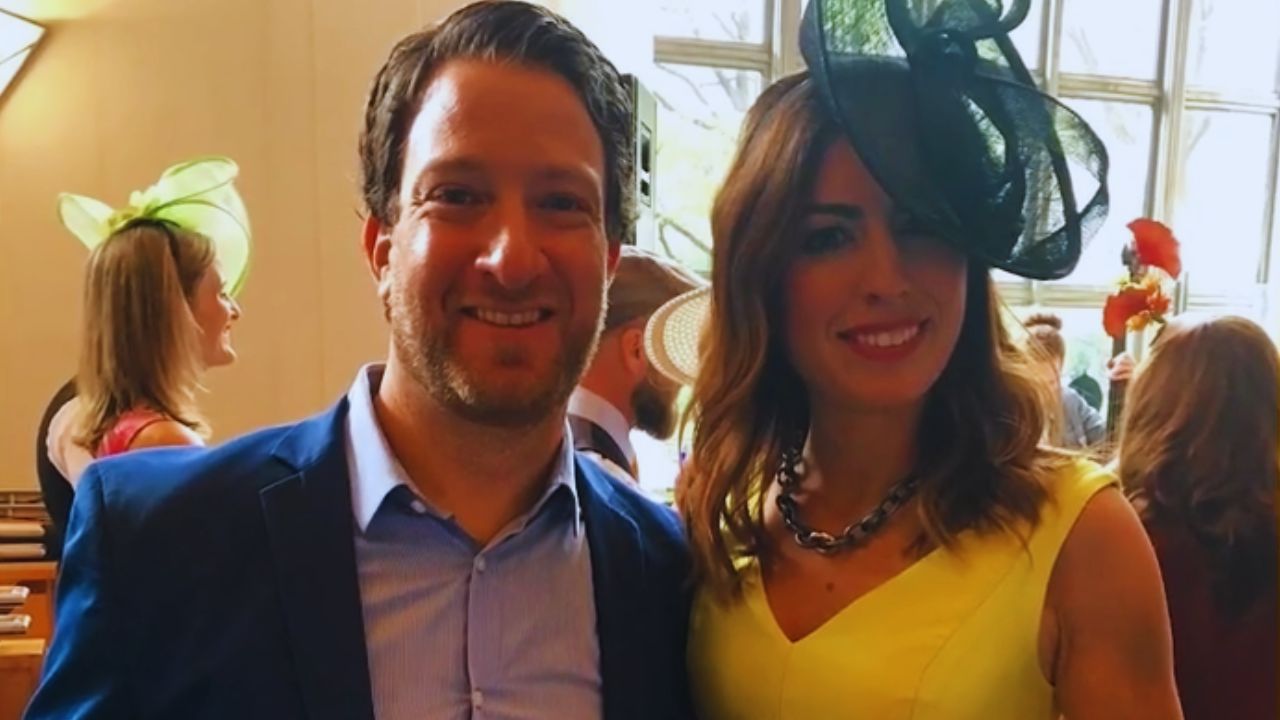Have you ever experienced a moment so uncanny, so improbable, that it made you question the very nature of reality? For most of us, such occurrences are rare and easily dismissed. But throughout history, there have been coincidences so extraordinary, so mind-bogglingly unlikely, that they challenge our understanding of chance and probability.
In this article, we’ll look into a world where truth is stranger than fiction. We’ll explore 10 bizarre coincidences in the world that defy logical explanation, pushing the boundaries of what we consider possible.
These aren’t mere quirks of fate—they’re windows into a universe where the improbable becomes reality, where parallel lives intersect, and where the cosmic lottery hits the jackpot time and time again.
Bizarre Coincidences in the World
From presidential doppelgängers to prophetic novels, from cosmic flukes to mathematical marvels, the realm of coincidence is vast and varied. Imagine two of America’s most beloved presidents, separated by a century, sharing an eerie number of parallels in their lives and deaths.
Picture a writer penning the fate of an “unsinkable” ship, only to have his fiction become tragic reality years later. Envision twins, separated at birth, leading lives so similar it seems the universe itself was playing matchmaker.
These aren’t plots from a fantastical movie—they’re real events that have left experts scratching their heads and questioning the very fabric of our reality. Lets explore 10 bizarre coincidences in the world that you believe are true.
1. The Lincoln-Kennedy Connections
Abraham Lincoln and John F. Kennedy, two beloved American presidents, share an uncanny number of similarities. Lincoln was elected to Congress in 1846, while Kennedy was elected exactly 100 years later in 1946. Lincoln became President in 1860, Kennedy in 1960. Both were shot on a Friday and in the head.
Oddly enough, Lincoln’s secretary was named Kennedy, while Kennedy’s secretary was named Lincoln. They were both succeeded by Southerners named Johnson: Andrew Johnson, born in 1808, took over after Lincoln, and Lyndon Johnson, born in 1908, succeeded Kennedy.
These parallels have fascinated people for decades, sparking discussions about the cyclical nature of history and the possibility of patterns in seemingly random events.
2. The Titanic’s Fictional Premonition
In 1898, 14 years before the Titanic sank, author Morgan Robertson wrote a novella called “Futility, or the Wreck of the Titan.” The story featured a fictional ship called the Titan, which bore striking similarities to the real Titanic. Both ships were described as “unsinkable” and were the largest of their time.
Both had too few lifeboats and struck an iceberg in the North Atlantic in April, sinking with a huge loss of life. The similarities between Robertson’s fictional account and the actual Titanic disaster are so striking that many have wondered if Robertson had some sort of premonition.
3. The Separated Twins’ Parallel Lives
In 1979, two identical twins who were separated at birth and adopted by different families discovered each other at age 39. Their lives had followed strikingly similar paths. Both were named James by their adoptive parents and pursued law enforcement careers. They both married women named Linda and had sons—one named James Alan and the other named James Allan.
Both had dogs named Toy and vacationed on the same beach in Florida. They drove Chevrolets, smoked Salem cigarettes, and drank Miller Lite beer. Even more bizarrely, they both bit their fingernails.
Given that it suggests a significant genetic component to personality and preferences, this case has received extensive study by researchers interested in the nature vs. nurture debate.
4. Mark Twain and Halley’s Comet
The famous American writer Mark Twain was born on November 30, 1835, exactly two weeks after the perihelion of Halley’s Comet. In 1909, Twain said: “I came in with Halley’s Comet in 1835. It is coming again next year, and I expect to go out with it.” He died on April 21, 1910, the day after the comet’s closest approach to Earth.
This coincidence is particularly striking because Halley’s Comet only passes by Earth every 75-76 years, making Twain’s prediction and its fulfillment all the more remarkable.
5. The Erdős-Bacon Number Phenomenon
In the worlds of mathematics and film, there exist two separate “connection numbers”: the Erdős number (connecting mathematicians to prolific mathematician Paul Erdős through co-authorship) and the Bacon number (connecting actors to Kevin Bacon through film roles). Bizarrely, some individuals have low numbers in both categories.
For example, actress Danica McKellar, known for her role in “The Wonder Years,” has an Erdős number of 4 and a Bacon number of 2, giving her an Erdős-Bacon number of 6. This unlikely intersection of mathematics and Hollywood has led to the creation of the Erdős-Bacon-Sabbath project, which also includes connections to members of Black Sabbath.
6. The Falling Baby and It’s Unlikely Savior
In 1937, a young woman named Beatrice Welles let go of her baby’s carriage while walking in Detroit. The carriage rolled down the street and fell off a pier into Lake Michigan. A man named Joseph Figlock was walking below and caught the baby, saving its life. One year later, Beatrice was walking with her child again when she accidentally dropped him from a window.
Incredibly, Joseph Figlock was again walking by and caught the baby, saving his life for the second time. This double coincidence defies all odds and serves as a reminder of how unpredictable life can be.
7. The Red Rain of Kerala
In 2001, for several months, a red rain fell sporadically in the Kerala state of India. Initially, it was thought to be caused by desert dust or volcanic eruptions. However, later studies suggested that the red particles were biological cells without DNA, leading to theories about extraterrestrial origin.
While the exact cause remains debated, the coincidence of red rain falling repeatedly in the same area, coupled with its unusual composition, has puzzled scientists and sparked numerous theories.
8. The Violet Jessop’s Unsinkable Career
Violet Jessop was a ship stewardess and nurse who survived the sinking of both the Titanic and its sister ship, the Britannic. But her incredible luck doesn’t stop there. In 1911, she was aboard the Olympic when it collided with another ship.
In 1912, she survived the sinking of the Titanic. And in 1916, she survived the sinking of the Britannic. Jessop’s ability to survive three major shipping disasters earned her the nickname “Miss Unsinkable.” Her experiences provide a unique perspective on three of the most famous ships of the early 20th century.
9. The Mysterious Case of Emile Deschamps
In 1805, French writer Emile Deschamps was treated to some plum pudding by Monsieur de Fortgibu, a stranger he met at a restaurant. Ten years later, he tried to order plum pudding at a Paris restaurant, and was told the last dish had just been served to another customer, who turned out to be de Fortgibu.
In 1832, Deschamps was at a dinner and was once again offered plum pudding. He recalled the earlier coincidences and joked that only de Fortgibu was missing—and at that moment, an elderly de Fortgibu entered the room, having gotten the wrong address for where he was supposed to be.
This series of coincidences, spread over nearly 30 years, seems to defy all odds and has become a classic example of seemingly meaningful coincidences.
10. The Identical Cars in 1895 Ohio
In 1895 in Ohio, two cars collided, resulting in the death of both drivers. While car accidents were rare at the time due to the scarcity of automobiles, what makes this incident truly bizarre is that the two cars were identical models, and the two drivers were brothers who were unaware of each other’s car ownership.
This tragic coincidence highlights how even in the early days of the automobile, when cars were a rarity, the improbable could still occur.
Takeaways
These bizarre coincidences in the world remind us that reality can sometimes be stranger than fiction. While it’s tempting to search for hidden meanings or patterns in these events, they also serve as a reminder of the vast complexity of our world and the countless interactions that occur every day.
Coincidences like these challenge our understanding of probability and make us question the nature of chance. They spark our imagination and remind us that no matter how much we think we understand about the world, there’s always room for surprise and wonder.
Whether these events are truly random occurrences or hint at some deeper underlying connection in the universe, they continue to fascinate us and inspire discussion. They serve as a reminder to stay open to the unexpected and to appreciate the intricate tapestry of events that make up our lives and our history.



